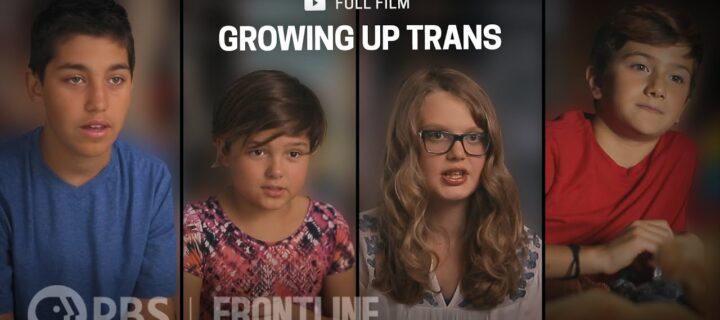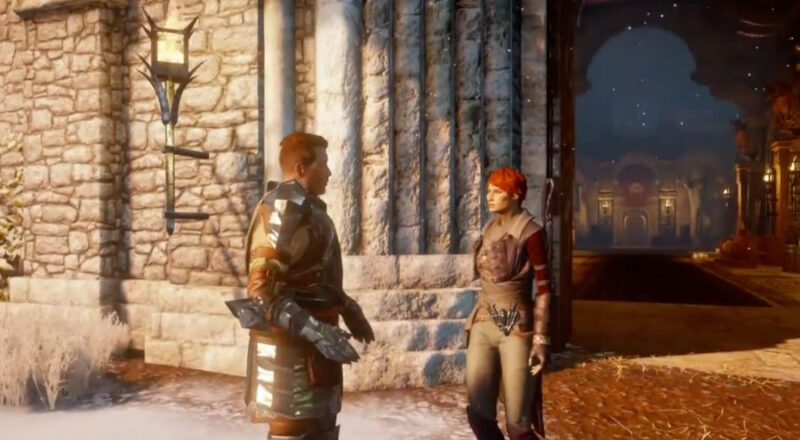
Openly Transgender Characters in Video Games
In recent years, the representation of diverse characters in video games has become a hot topic of discussion. One group of individuals that has been historically underrepresented and often misrepresented in media are transgender individuals.
In this article, we will explore the importance of openly transgender characters in video games, some of the most notable examples, and how the inclusion of these characters can positively impact the gaming industry as a whole.
On this page
Birdo (Super Mario Bros. 2)
Birdo is a character from the Super Mario Bros. series, first appearing in Super Mario Bros. 2 in 1988. Birdo is a recurring antagonist in the series and has been the subject of controversy due to her gender identity.
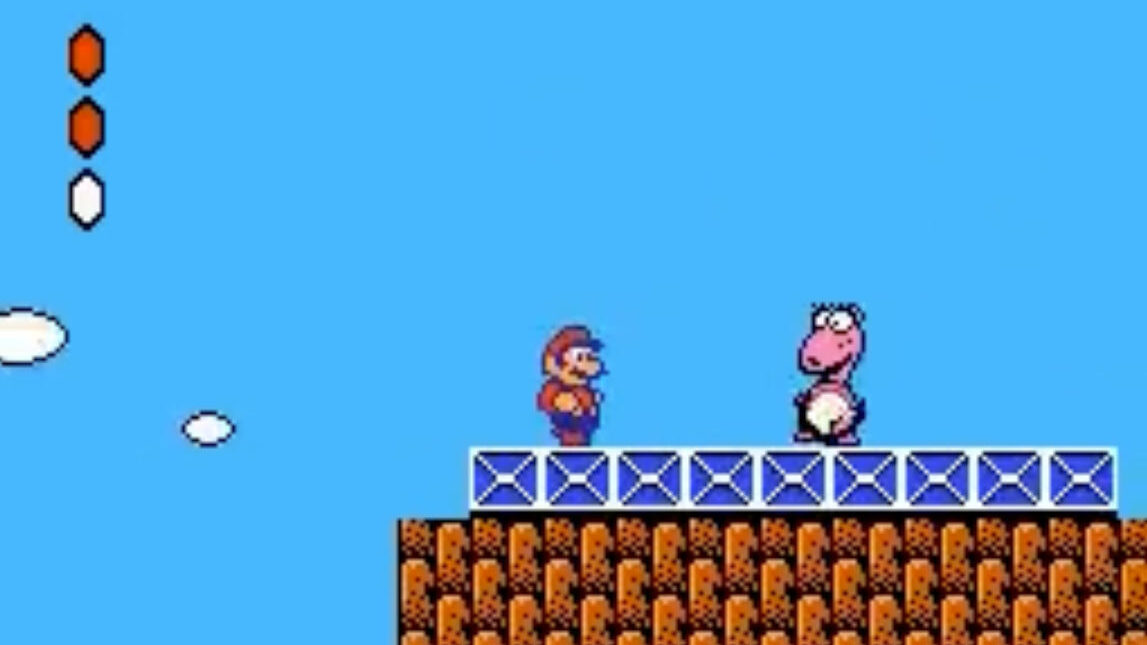
In the original manual for Super Mario Bros. 2, Birdo was described as a male character who identified as female and had a romantic interest in another male character, Yoshi. However, in later games and media, Birdo’s gender identity has been portrayed in a more ambiguous manner.
Despite the controversy surrounding her gender identity, Birdo has become a popular character among fans of the Super Mario Bros. series. She has appeared in a number of spin-off games, including the Mario Kart and Mario Party series, as well as in various merchandise and promotional materials.
Krem (Dragon Age: Inquisition)
Krem is a transgender character in the role-playing video game Dragon Age: Inquisition, developed by BioWare and released in 2014. He is a member of the Iron Bull’s mercenary company, and is initially introduced to the player as a male warrior.
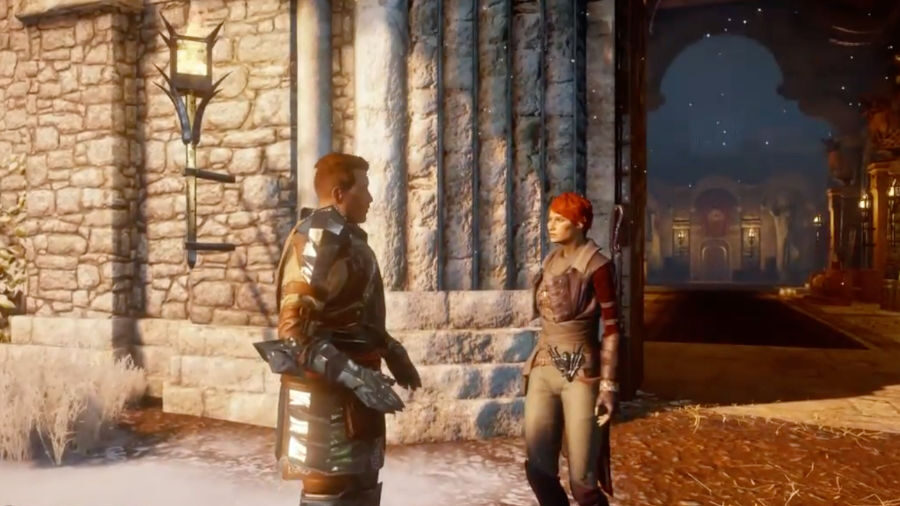
Over the course of the game, he reveals that he is a transgender man who was assigned female at birth. He discusses the challenges he has faced due to his gender identity, including discrimination and violence. However, he is portrayed as a strong and capable warrior who is respected by his fellow mercenaries.
His representation in Dragon Age: Inquisition has been praised for its sensitivity and accuracy. The game’s writers worked closely with transgender consultants to ensure that his story and portrayal were respectful and authentic.
Lev (The Last of Us Part II)
Lev is a supporting character in the video game The Last of Us Part II, developed by Naughty Dog and released in 2020. He is introduced in the game as a young boy who was assigned female at birth but has since come to identify as male. He is estranged from his family due to his gender identity, and his story arc in the game revolves around his relationship with his sister Yara, who is also a member of the Seraphites.
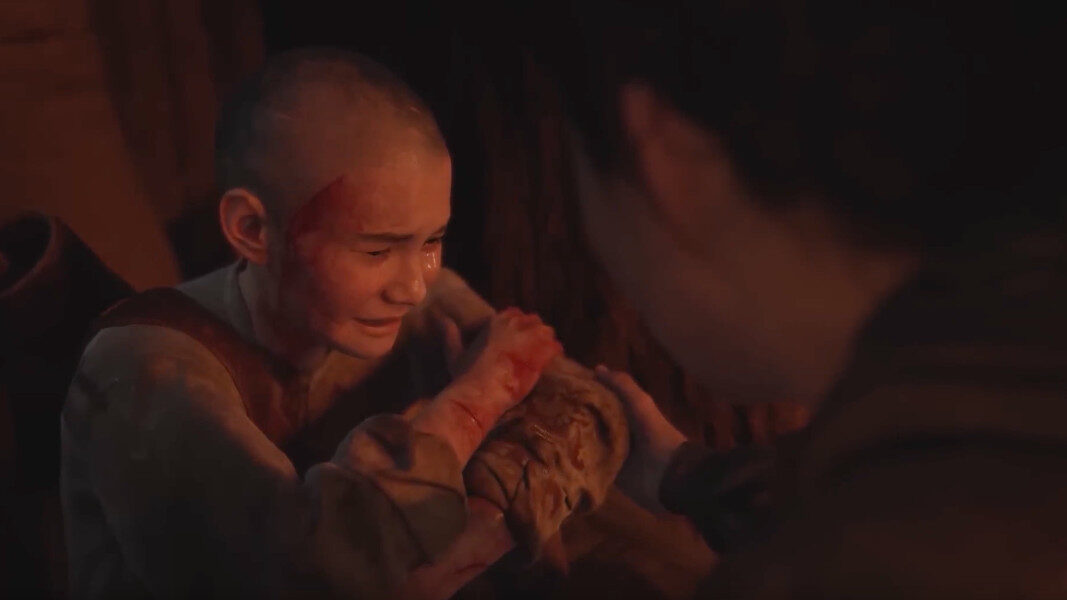
Lev’s character was developed in consultation with GLAAD (Gay & Lesbian Alliance Against Defamation), a non-profit organization that advocates for LGBTQ+ representation in media. The game’s developers worked closely with GLAAD to ensure that Lev’s representation was accurate and respectful.
Mizhena (Baldur’s Gate: Siege of Dragonspear)
Mizhena is a minor character in the video game Baldur’s Gate: Siege of Dragonspear, released in 2016. Mizhena is a transgender woman who the player can encounter during the course of the game.
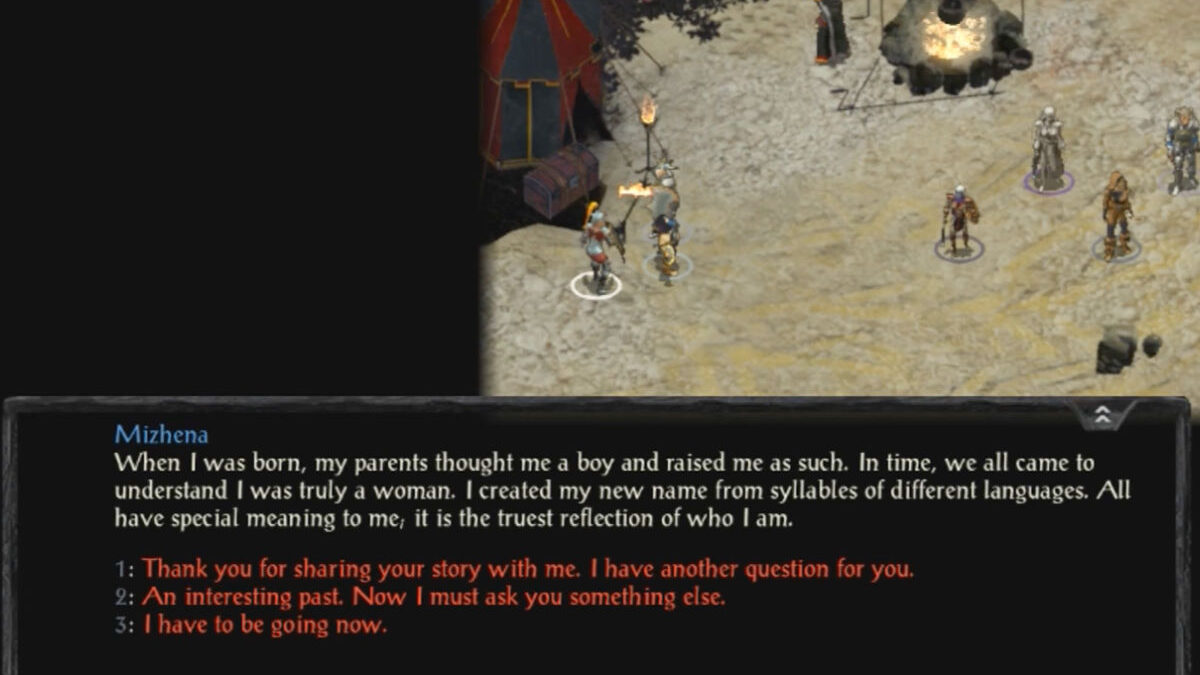
Her representation in the game has been praised by some for its inclusivity and positive portrayal of a transgender character. However, it has also been criticized by some who believe that the character’s inclusion was forced and that her portrayal was insensitive or inaccurate.
Her dialogue in the game reveals that she is a transgender woman who was assigned male at birth. When the player character asks her about her name, she explains that she chose it because it means “change” in her language. She also mentions that she has faced discrimination and violence due to her gender identity.
Poison (Final Fight and Street Fighter)
In the original Japanese version of Final Fight, Poison was portrayed as a cisgender woman, but in the North American release, her gender was changed to transgender due to concerns over the portrayal of violence against women in video games. However, this decision was later reversed, and Poison was once again portrayed as a cisgender woman in later releases of the game.
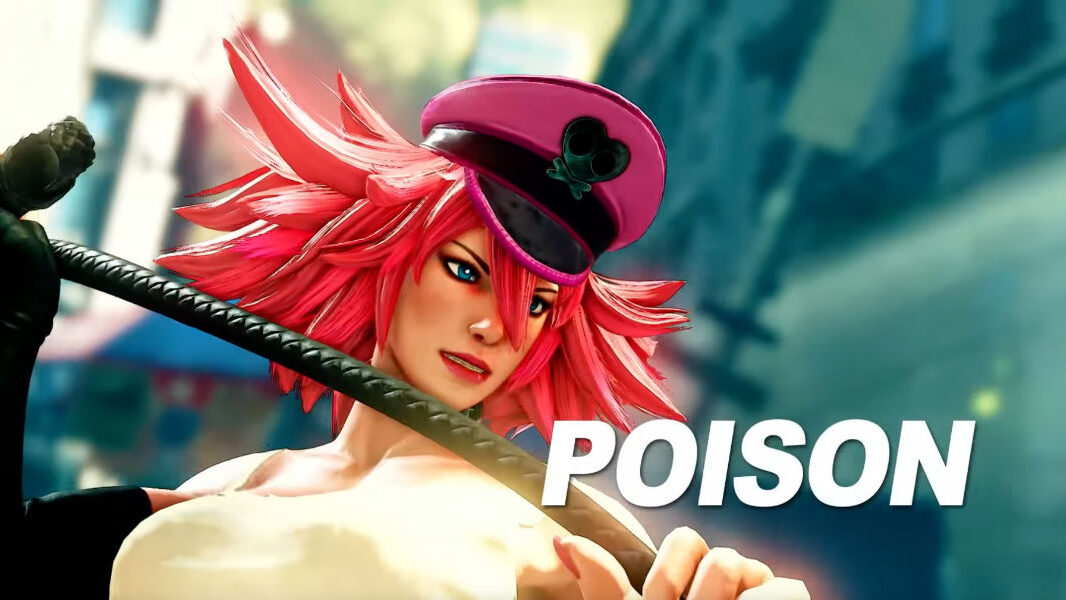
In the Street Fighter series, Poison’s gender identity has been a subject of debate among fans due to her androgynous appearance and behavior. In an interview with Kotaku, Street Fighter producer Yoshinori Ono stated that Poison is officially considered a post-operative trans woman, meaning she underwent gender confirmation surgery to transition from male to female.
Despite her controversial representation, Poison has become a popular character among fans of the Street Fighter series. In a 2013 poll conducted by Capcom, Poison was voted the fifth most popular character in the franchise, behind only Ryu, Chun-Li, Akuma, and Ken.
Tyler Ronan (Tell Me Why)
Tyler Ronan is a main character in the narrative adventure game Tell Me Why, developed by Dontnod Entertainment and released in 2020. Tyler is a transgender man who returns to his hometown in Alaska to confront the traumatic events of his past, alongside his twin sister Alyson.
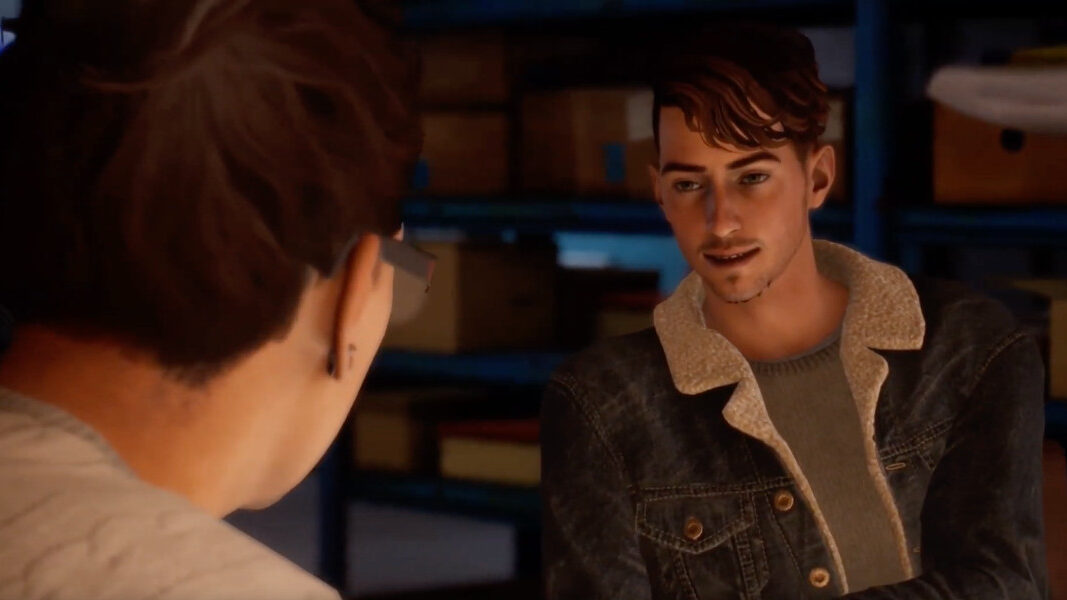
The game’s developers worked closely with transgender consultants to ensure that Tyler’s portrayal was respectful and accurate, and his character serves as an example of how video games can be more inclusive and diverse in their representation of characters.
Vivian (Paper Mario: The Thousand-Year Door)
Vivian is a character from the role-playing video game Paper Mario: The Thousand-Year Door, developed by Intelligent Systems and released in 2004. She is a member of the Shadow Sirens, a group of villains who serve as antagonists in the game.
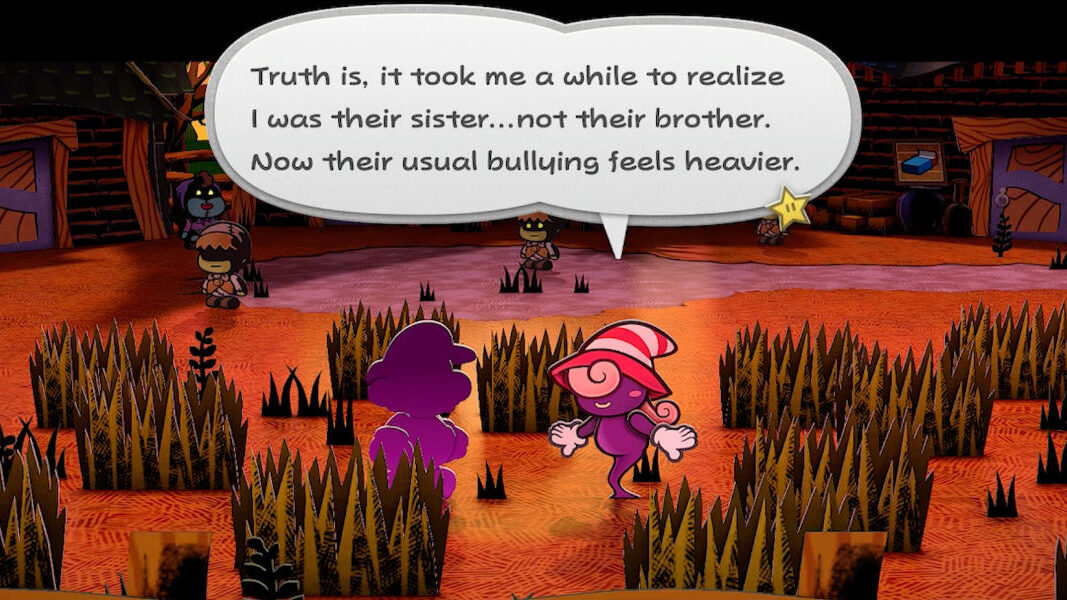
She is notable for being a transgender character, although this is not explicitly stated in the game. In the game’s original Japanese version, she is referred to with male pronouns, but in the game’s English version, she is referred to with female pronouns.
Her representation in the game has been praised by some for its inclusivity and positive portrayal of a transgender character. Her character is portrayed as compassionate and sensitive, and she is shown to have a close relationship with her sister, the other member of the Shadow Sirens.
Did you enjoy this article? Share it on your timeline! If we missed any of your favorite transgender video game characters, feel free to join the conversation by commenting below.


